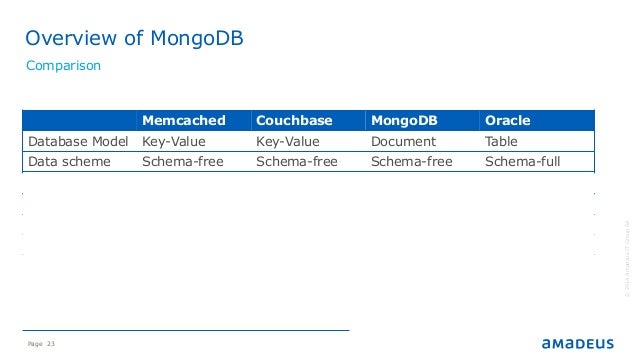
Create a new app that doesn't use express or whatever web framework, but instead just has your model definition and a connection to your database. This module will be imported later into our main script, and this is where we define the method that will generate the data.Sure, do it in a single-purpose node app. 8 Using Oracle Database API for MongoDB Configure Access for MongoDB and Enable MongoDB User Management for MongoDB Create a Test Autonomous Database User. First, a modules directory needs to be created, and inside the directory, we will create a module named dataframe.py. Now, let’s start creating our own data generator. First of all, what is database seeding Database seeding is the initial seeding of a database with data. With multiprocessing, all the workload is divided into every CPU core available. In Python, single-CPU use is caused by the global interpreter lock, which allows only one thread to carry the Python interpreter at any given time. Multiprocessing is a way to take advantage of the CPU cores available in the computer where the script is running. You don’t need to create the MongoDB database previously.īefore creating the script, it’s important to know that we need to implement multiprocessing for optimizing the execution time of the script. You can create a requirements.txt file with the following content:Įnter fullscreen mode Exit fullscreen mode With an increasing number of data time needed for reports to generate grows almost exponentially in MongoDB case as seen in Figure 2. Make sure all the dependencies are installed before creating the Python script that will generate the data for your project. During development, when we want to generate some data on MongoDB for test purposes, normally you can create test data by using the Mongo shell script. Insert the content of the DataFrame into the database.


MONGODB GENERATE TEST DATA INSTALL

MONGODB GENERATE TEST DATA HOW TO
Are you using other database technologies? You can follow the guides I already published where I explain how to create your own data generator for MySQL (it could work for PostgreSQL) and MongoDB. In MongoDB Compass, you create a database and add its first collection at the same time: Click 'Create Database' to open the dialog. If you choose a data generator instead, you can find one for MySQL in one of the repositories on our Percona Lab GitHub account. This library supports different formats, including CSV and JSON, and it also provides a method for inserting data into a SQL database. you will learn how to generate test data for MongoDB using Faker. In the first case, if you need to process the data before inserting it into the database, you can use Pandas, a widely used Python library for data analysis. How to Create a Document and Insert it Into the MongoDB Database With JMeter. If you need test data for the database of your project, you can get a dataset from Kaggle or use a data generator.


 0 kommentar(er)
0 kommentar(er)
